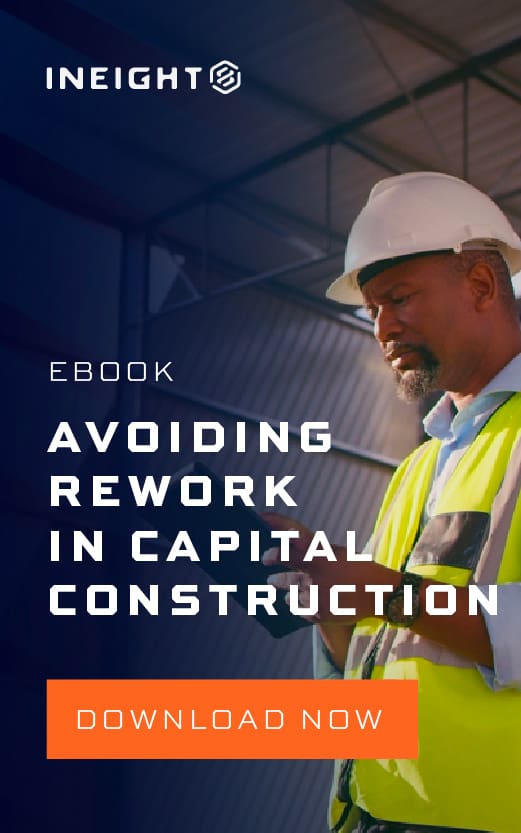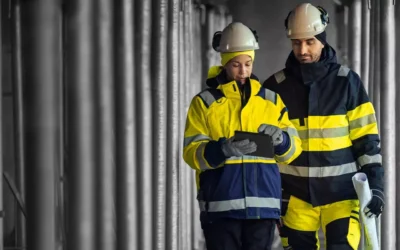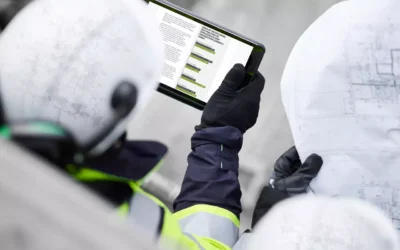There frequently exists distinct definitions of the two terms planner and scheduler. Yet both roles aim to achieve the same set of goals, as do all roles on high functioning teams. After all, the core definition and status of these goals are achieved by way of one material principle — communication.
I often reflect back on when I was in these roles and a well-respected program director (while given the arduous assignment of reviving a struggling project) once said, “I truly believe having a great planner/scheduler can make or break a project.”
When broken down to daily operational communications, the reason may be what we find as the crucial responsibilities and duties amongst planners and schedulers; forecasting the future (analyzing), the aligning of what is happening in the field with what is being reported (data), and generating early warning notices of issues (managing risk) — all critical components of daily communications on capital projects.
Therefore, I see 2023 as the year where planner/schedulers, striving to provide the most accurate project insights, will find themselves balancing three key areas: information, automation, and expertise. Let’s break it all down to see why this is the case, and how improvements can be made for better outcomes.
Uncovering the Right Information
Over the years I’ve traveled around the globe working with project teams, large and small, acting in a wide range of capacities from early-phase conceptual discussions to legal claims extending years after an asset has been delivered. Through all of it, I’ve found that the root cause of most problems centers around effective communication and elevation of proper information.
Not in the “nice presentation” sense, but rather in the ability to sift through the mass amounts of data we generate each day and call upon our ability to compartmentalize complex things in a timely manner. Furthermore, as projects tend to scale disproportionally with a team’s ability to staff in a competitive marketplace, the planner/scheduler’s time is even more of the essence.
Added to this is the fact that construction technology is here and with it comes a lot of information, sometimes too much information. Data emerging from every action taken on a capital project often act in one of two extremes; sitting stagnate or hitting people from all angles. This is where the right automation can help.
Making the Most of Tech-Provided Automation
Technology has come to mold our lives and structure how we approach each day. It wasn’t that long ago that holiday shopping was done entirely in brick-and-mortar stores. My guess is today, you purchase the majority of, if not all, your items online and perhaps use the time saved to engage in more pressing or meaningful activities. The consumer is still in charge, but the path to results has become expedited.
When it comes to expeditiousness in construction, few project roles witness more need than the planner/scheduler. Imagine for a second an example of what could come across their desk on a typical day: field execution progress tied to a schedule activity carrying meta data associated to the model, which requires a change executed from an issue log. That’s a lot of decision making in a very short period, all leading to crucial outcomes.
Connecting these dots manually with any sense of certainty is enough to take up an entire day’s work or more. But what an opportunity to link together information across functional groups! After all, such a situation is massive enough to intimidate but meaningful enough that we can all agree there could be something telling in that information.
Assuming you’ve already made the leap into digital adoption of construction technology, or are just about to, it’s about time that computers take responsibility for mundane or repetitive tasks to free up more important cognitive space for human problem solving and delicate analytic decisions.
Plus, think of how much time is freed up when technology generates a schedule for you based on historical data. Or when a computer can now provide smart suggestions for integrating cost and schedule structures. Anyone for automatic form generation or perhaps even predicting risks?
Making the Most of Human Experience
When a planner/scheduler is operating in this integrated, automated digital environment, they can then begin to fulfill the role of disseminating project insights and communicating in an exponentially more effective pattern, resulting in more informed, faster decision making.
The people who were once tied up in manual processes will now find themselves becoming more mature in their knowledge growth and understanding of critical areas such as identifying trends, scope gap analysis and covering risk exposure, to name just a few.
And it’s this personal, human expertise that remains valuable. Because despite all the advancements in technology, decision making must ultimately remain in control of such experts. Yet to find balance between allowing technology to accelerate foundational items and ease repetitive work versus choking off the flow of information remains a challenge.
So, why do we plan? Why do we schedule? I would argue the answer is that by doing so, we provide the glue that holds teams together, breaking down gaps in expectations, sharing vital information, and maybe even predicting the future.
Therefore, equipping planners and schedulers with construction technology will no doubt alter the way these roles traditionally function and will set up a new path of understanding. By providing solutions to everyday struggles and finding a balance between information, automation, and their own expertise, such teams will ensure a common root cause is put to rest, and better outcomes develop from advanced communications.
Ready to take a deeper dive? Schedule a consultation and InEight will be pleased to help you on your digitalization journey.
Sign up for our monthly blog newsletter today and stay up to date on the latest industry news.




